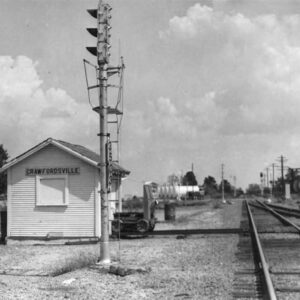 Crawfordsville Depot
Crawfordsville Depot
Entry Category: Counties, Cities, and Towns
 Crawfordsville Depot
Crawfordsville Depot
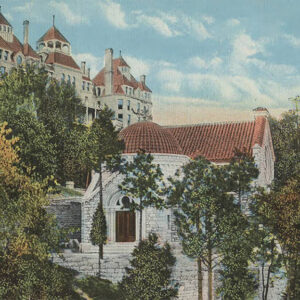 Crescent College
Crescent College
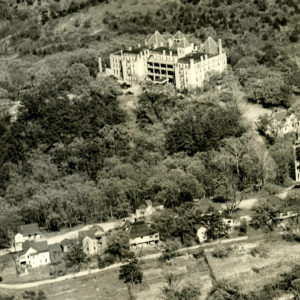 Crescent Hotel
Crescent Hotel
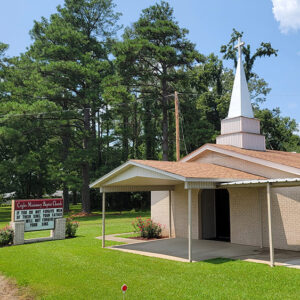 Crigler Church
Crigler Church
Crittenden County
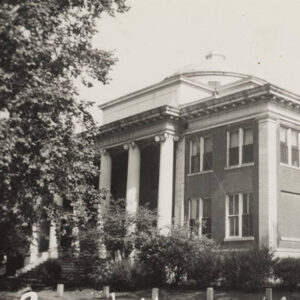 Crittenden County Courthouse
Crittenden County Courthouse
 Crockett's Bluff
Crockett's Bluff
Cross County
Cross Roads (Hot Spring County)
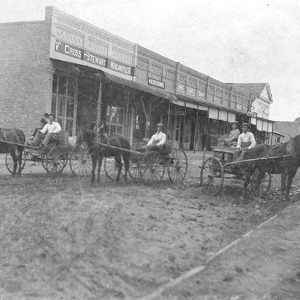 Cross Stewart Mercantile
Cross Stewart Mercantile
Crossett (Ashley County)
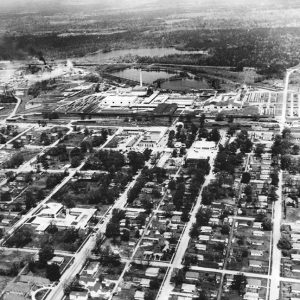 Crossett Arial View
Crossett Arial View
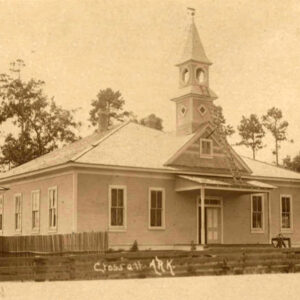 Crossett Church
Crossett Church
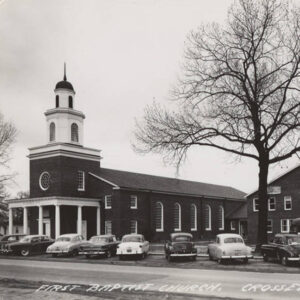 Crossett Church
Crossett Church
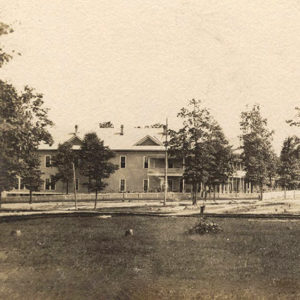 Crossett Hotel
Crossett Hotel
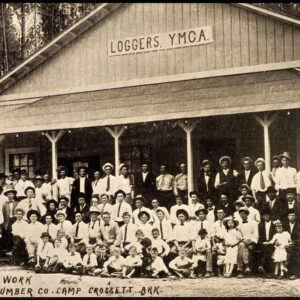 Crossett Loggers
Crossett Loggers
 Crossett Mill
Crossett Mill
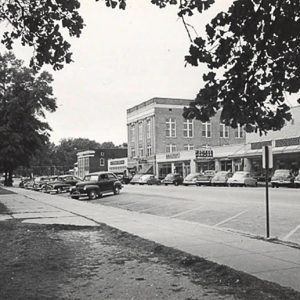 Crossett Street Scene
Crossett Street Scene
 Crossroads Church Sign
Crossroads Church Sign
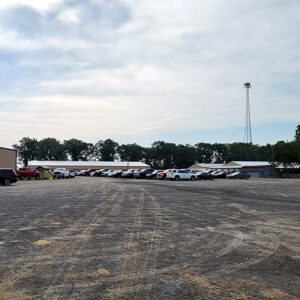 Crossroads Cowboy Church
Crossroads Cowboy Church
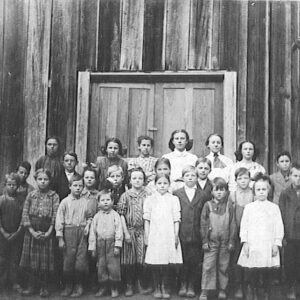 Crossroads School
Crossroads School
 Crossroads Store
Crossroads Store
 Crow Memorial
Crow Memorial
 J. J. Crow Family
J. J. Crow Family
 Crown Motel
Crown Motel
Crows (Saline County)
 Crows Fire Department
Crows Fire Department
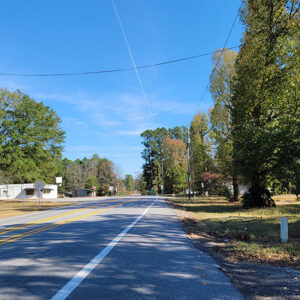 Crows Street Scene
Crows Street Scene
Crystal Hill (Pulaski County)
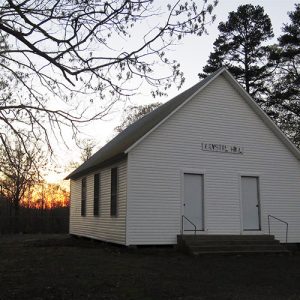 Crystal Hill Church
Crystal Hill Church
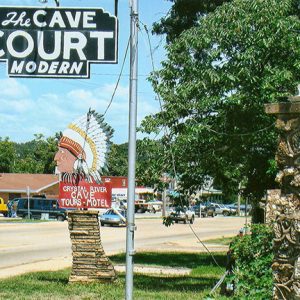 Crystal River Tourist Camp
Crystal River Tourist Camp
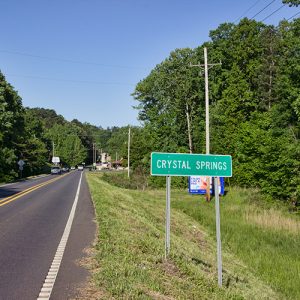 Crystal Springs
Crystal Springs
 Crystal Springs
Crystal Springs
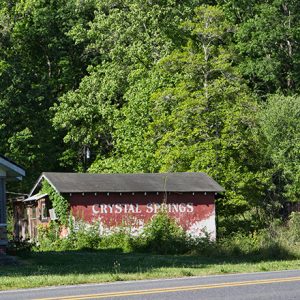 Crystal Springs
Crystal Springs
Crystal Springs (Garland County)
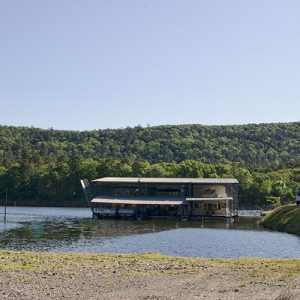 Crystal Springs Marina
Crystal Springs Marina
 Crystal Springs Recreation Area
Crystal Springs Recreation Area
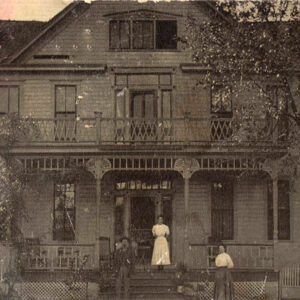 Culp Hotel
Culp Hotel
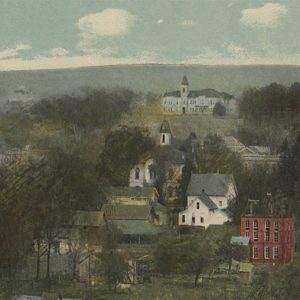 Cumberland College
Cumberland College
 Cumberland Presbyterian Church
Cumberland Presbyterian Church
 Cumberland Presbyterian Church
Cumberland Presbyterian Church
Curia (Independence County)
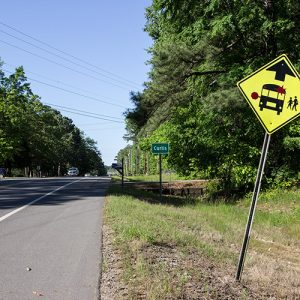 Curtis
Curtis
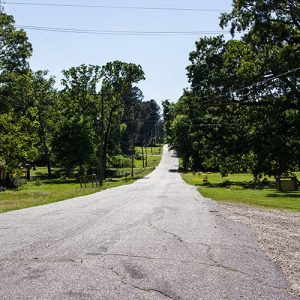 Curtis
Curtis
Curtis (Clark County)
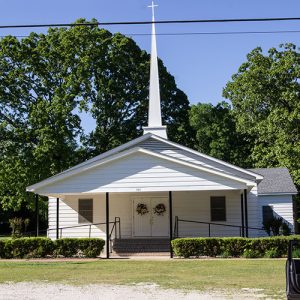 Curtis Baptist Church
Curtis Baptist Church
Cushman (Independence County)
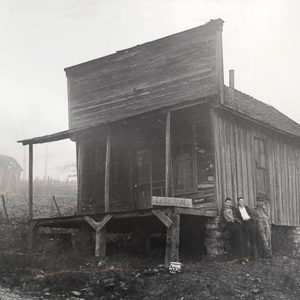 Cushman City Hall
Cushman City Hall
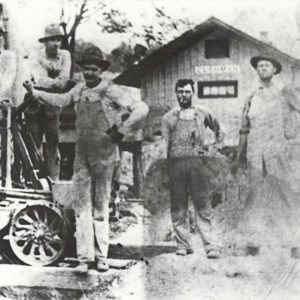 Cushman Depot
Cushman Depot
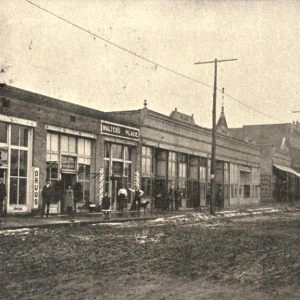 Cypress Street
Cypress Street




